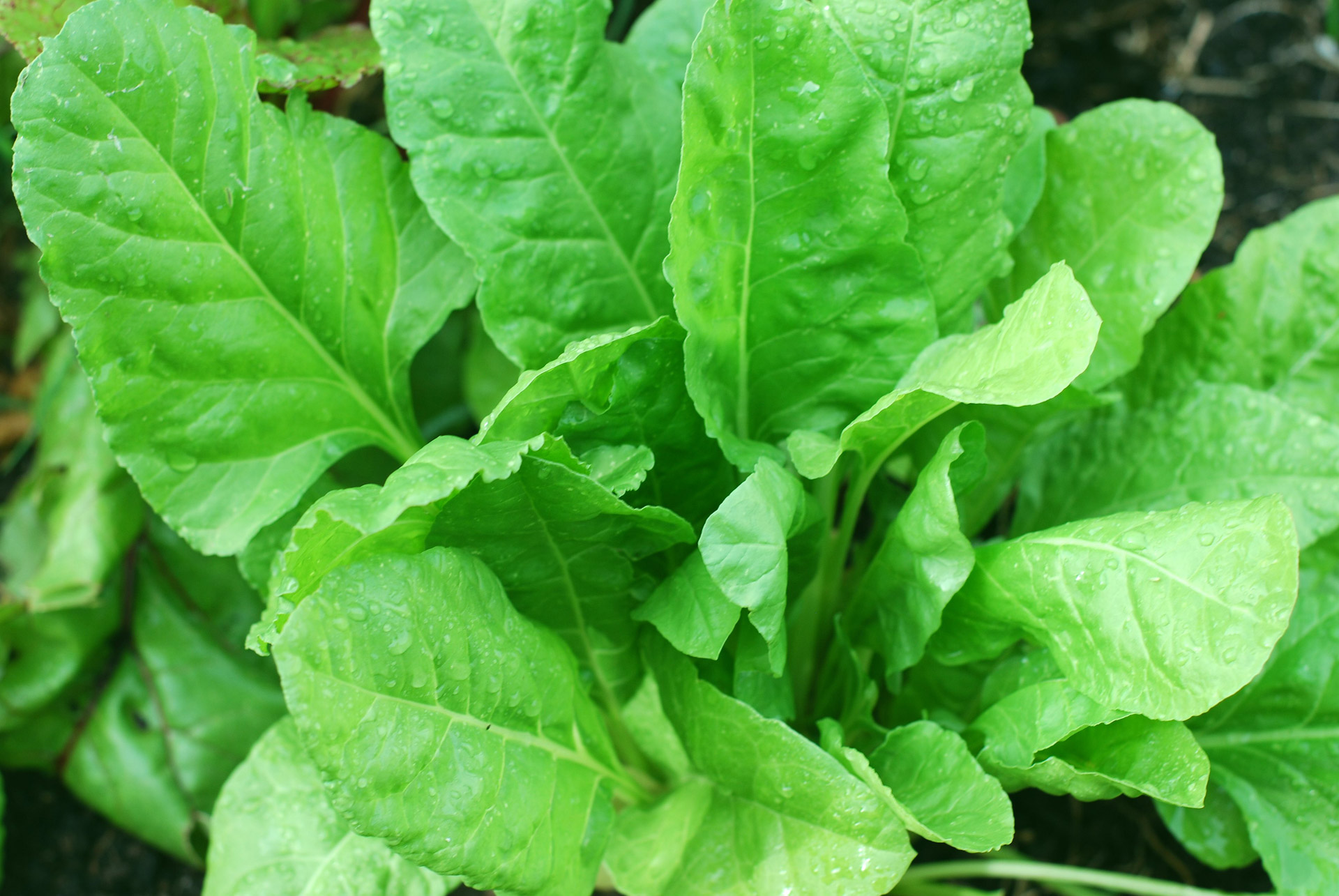A local Vietnamese restaurant makes some of the best fried tofu I've ever had. Apart from plain, they have two variations: mushroom-vermicelli and lemongrass-chili. My favourite is the latter, so I've long desired to try making it myself.
Admittedly, homemade tofu is a labour of love, but the flavour is worlds away from supermarket tofu. Here, I describe how I made this tofu happen. Although I'm a total amateur, it still turned out delicious, and I only kind of spilled soya milk all over my kitchen (more on that later)... so, if you've got a few hours to kill and a bit of basic equipment, you too can try this amazing flavour combo in a fresh, nutritious, delicious tofu base.
Equipment:
A tofu mold, colander or other container that can drain liquid
A large strainer, plus a big bowl to set it over
Fine cheesecloth or a clean tea-towel (I use Cultures for Health's
Butter muslin, which is an extra-fine cheesecloth)
Cooking/baking thermometer (optional but helpful)
A large pot, a wooden spoon or spatula for stirring, and a standard 1-cup measuring device
Ingredients:
Soya beans and water in a 1:4 ratio (I used about 1 1/2 C. soya beans and 6 C. water)
Flavourings: 2 minced red bird chili peppers (seeds and all for extra kick!) and 2 TBSP finely minced lemongrass leaves
Coagulant of choice: I used 2 Tsp. of
nigari for 2 L. of soya milk, but you can also use gypsum or an acid such as lemon juice. Different brands sometimes recommend different amounts of coagulant, but so far I've only used nigari.
Instructions:
Soak the beans in the water overnight, or up to 24 hours in the fridge.
Pour the beans and water into a blender or food processor, working in batches if you've got a lot, and process until the water and beans are finely ground into a milky substance. Use a spoon to check the consistency: you want the beans to be very well ground-up to get as much of their goodness as possible into the liquid.
Pour this mixture your pot and allow to come to a boil, watching carefully so that it doesn't boil over and stirring to keep the copious amount of foam down (this is where I had a miniature kitchen crisis as foam spilled over and onto everything. Be vigilant!)
Once the mixture begins to bubble, turn the heat down to low and allow to cook for 10 minutes.
Prepare the strainer over the bowl and line with your cloth. Pour the soy mixture slowly over it to drain out the soya milk from the soya lees (the remaining ground up beans). once you've poured in all the contents of the pot, ball up the cloth so that the lees don't spill out and squeeze to expel as much soya milk as possible. If the lees are still very hot, let them cool a bit so you don't burn your hands while doing this.
Once you've obtained as much soya milk as possible, transfer the remaining lees to a container and refrigerate; these still have plenty of nutritional value and use for cooking. I'll give some examples of what you can do with it in another upcoming post.
 |
| Your by-product: Soya lees, wrung dry |
Rinse your pot from before and return the soya milk into it. Heat it at a low setting until it is about 65-70℃, using your thermometer to gauge this (or, alternatively, wait until it begins to steam and begins to feel hot rather than warm when you take a bit out with a spoon and touch it). Remove from the hot burner.
Separately, mix about 200 mL of cold water with your coagulant and pour half of this mixture at a time into the soya milk, stirring it in with the wooden spoon/spatula. Keep mixing and periodically checking for small, white flecks to stick to the spoon/spatula; once you see that the mixture is beginning to curdle and produce white flecks/bits that stick to your stirrer (it took me about 2-3 minutes of stirring) cover the pot and let rest for 15-20 minutes.
Now, prepare another piece of cloth (or wash and re-use the one you used to strain the soya milk) and use it to line your tofu press/colander/straining device. You want something with lots of holes that aren't too large. Once your soya milk has curdled, us can use a cup or ladle to transfer the tofu curds into your strainer and remove the liquid (soya whey?).
 |
| What your curdled soya milk will look like after resting |
To add the lemongrass and chili, I sprinkled a bit of them after each ladle-full of curds so that they are present throughout the tofu.
When you've transferred all of it, wrap up the curds with the cloth and cover the "package" with something heavy; this is to help press out the moisture and stick the curds into a cohesive tofu block. Use a plate or lid to disperse the weight evenly, then use cans, bottles, et cetera (I used my marble pestle and mortar) to cover it. Note that my strainer gives it an odd "W" shape.
Let the whole thing stay at room temperature for about an hour, or in the refrigerator overnight.
Now, unwrap your freshly made tofu- isn't it beautiful? and rinse with cold water.
You can store it in a container with water in the fridge, changing said water every 24 hours to keep it fresh, or use it right away. Enjoy!
Here, mine was shallow fried and salted to a crisp golden-brown. You can also enjoy your tofu cold and fresh, or cook it anywhere you'd use medium-firm tofu.



















































